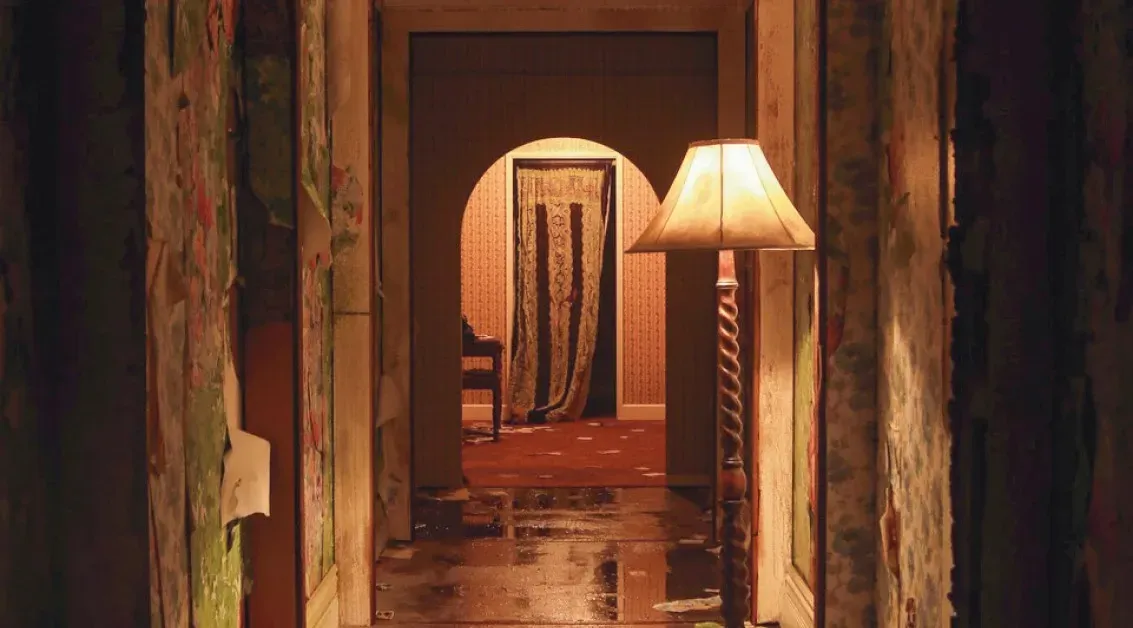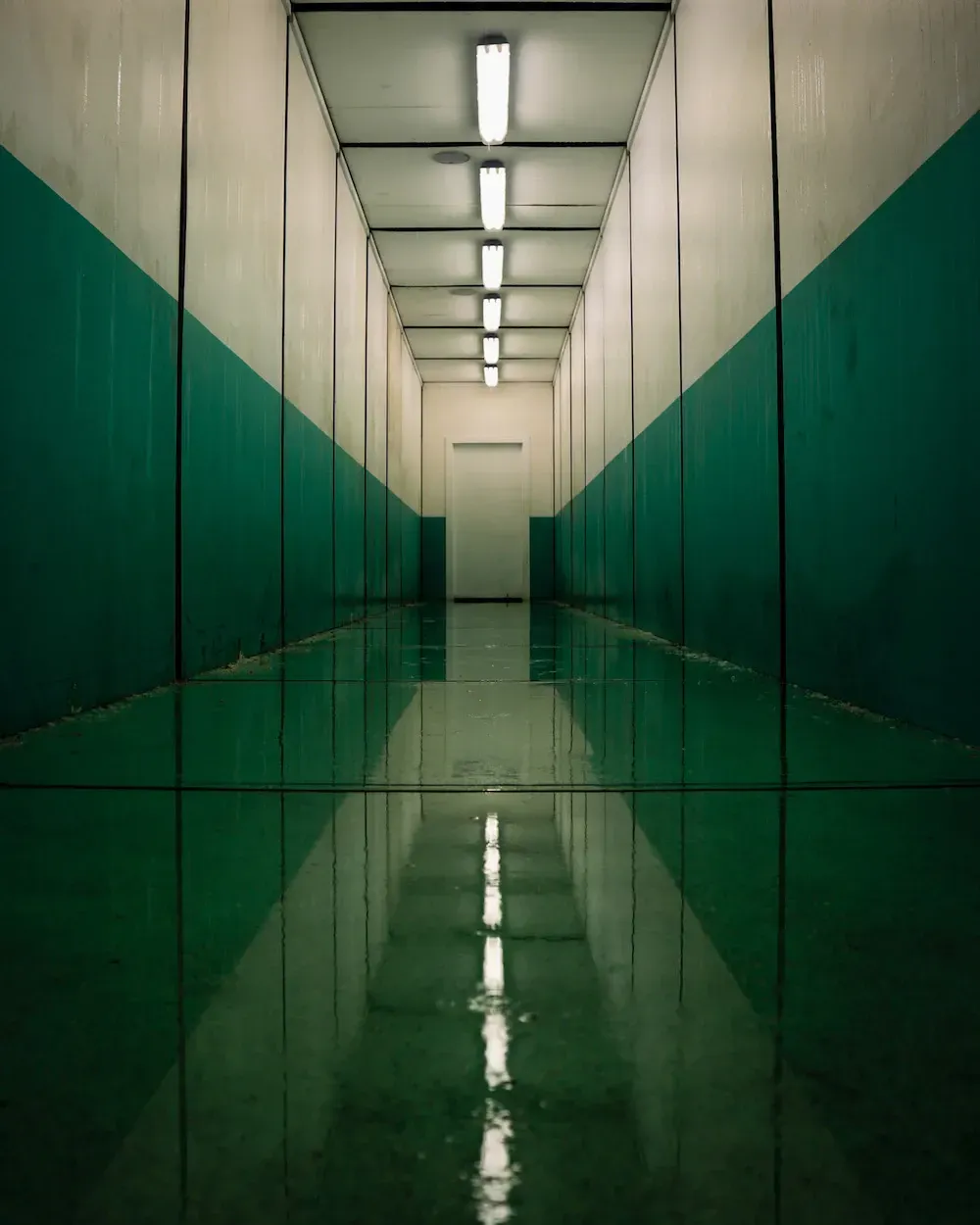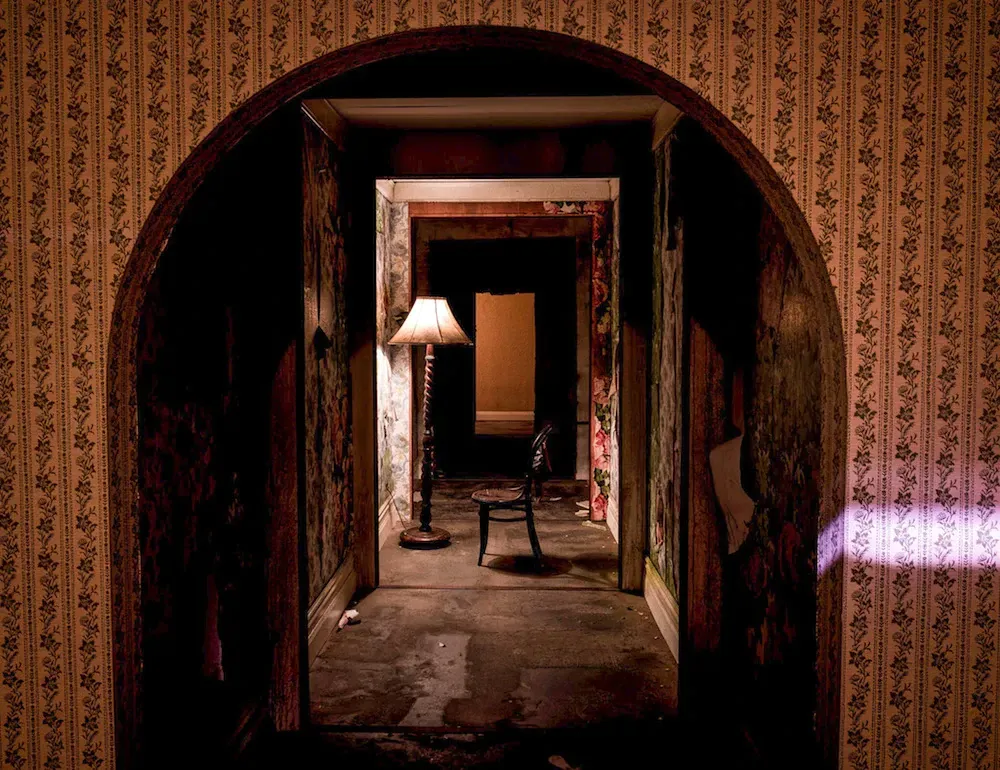Meet the Makers: Getting lost behind 1000 Doors in Aotea Square this summer
Written by

“A door is a beginning and an end, a promise and a warning. What waits on the other side is limited only by the imagination and decided only by an action. Step across the threshold.”
As part of Auckland Live’s Summer in Aotea Square series of events, the central Auckland hub has become host to an impressive installation that weighs in excess of 80 tonnes! From the outside, audiences will have no clue of what awaits them upon entering: the mighty labyrinth of 1000 Doors.
The masterminds behind this surely moving experience are Christian Wagstaff and Keith Courtney, whose House of Mirrors was an audience-favourite in the last Auckland Arts Festival. They talk to The Big Idea about their backgrounds, their quest for an analogue way of experiencing art in a digital age, and how much their projects refer to the individual and personal experiences of the participants.
How did you meet and how did you start working together?
Christian was working as the Creative Director at Crown Limited (Crown Casino); as a Producer, Keith approached Crown Melbourne to stage a large scale photographic exhibition showcasing celebrity photographers. Crown loved the idea, so Christian and Keith worked closely together on creating the show which then led on to many other photographic shows for Crown over several consecutive years. Within only a few years, they realised many of their ideas aligned, so they decided to join forces and start working together on all projects.
Individually, what is your background?
Christian is a creative director, producer and artist. Working in television, theatre, arts and entertainment, since 1988, Christian has had an intense focus on theatrical design and the creation of potently emotive ideas for large scale projects and more recently his own art installations in collaboration with Keith.
Keith has over 30 years experience working in the arts, entertainment and media industries as a producer, creator and artist. Keith commenced his career in Melbourne at the Victorian Arts Centre and has since worked with a diverse range of organizations developing a range of innovative creative projects both within Australia and internationally.
Has installation art always been something you’ve been interested in?
“Installation Art” seems to be where our work gets categorised. We like to create environments that move people. For us, that’s the most important part.
Your work, especially 1000 Doors, evokes a sense of nostalgia. Is there cultural references or other work that influences your work?
Nostalgia is a big part of what we like to create in the forefront of people’s mind when they experience our work. The idea of creating a sense of nostalgia may seem like a simple idea, but it can be so many things to any one person. Nostalgia can be a sense of comfort or discomfort. We like to play with structures that can sit at both those extremes and anywhere in between.
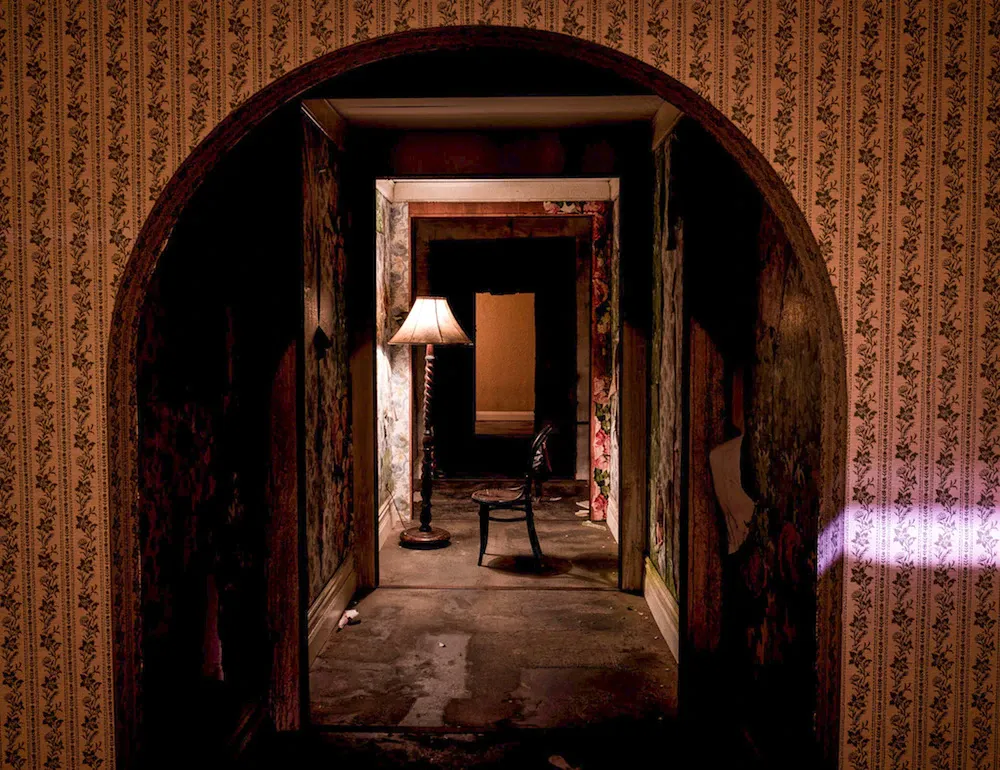
House of Mirrors (as part of the 2018 Auckland Arts Festival) references mirror mazes of the late 19th and early 20th Centuries. 1000 Doors reference many spaces and periods. But nothing too specific. It also references memories triggered by smells, spacial play, tactile surface and objects, light and darkness.
Your work is travelling around the globe, is this something you hoped for when you first started?
Prior to House of Mirrors and 1000 Doors, we have both worked around the world for various reasons, but have always based ourselves in Melbourne. And we do call Melbourne home. Mirrors and Doors were both conceived really for only short runs locally in Australia. But the reaction has been so extraordinary and it has taken us so far already in only 2 years. We do have a laugh occasionally at our mutual fantasy of one day becoming true carnies … so there we have it. We now are. We have been labelled “Art Carnies” by some.
Do you think about how your work would be experienced by audiences from different backgrounds and experiences to yours?
We think our work is experienced very differently by people as individuals, but not necessarily by region, country or background. It’s more about the individual experience. We honestly think the art is actually that; the individual, and not necessarily the environment we have built. We do of course create the triggers, but everyone reacts quite differently. It’s amazing what emotions the works bring out in people. Sometimes days after they have walked through. The feelings can really stick around for a while.
Your work purposefully steps away from technology, why is this?
Indeed it does, and it is a very deliberate direction for us. Most people would agree that we are over saturated with digital technology. We don’t dislike digital technology or digital art, we just personally enjoy observing people’s joy in environmental spaces that have a nostalgic resonance and could perhaps be called more analogue.
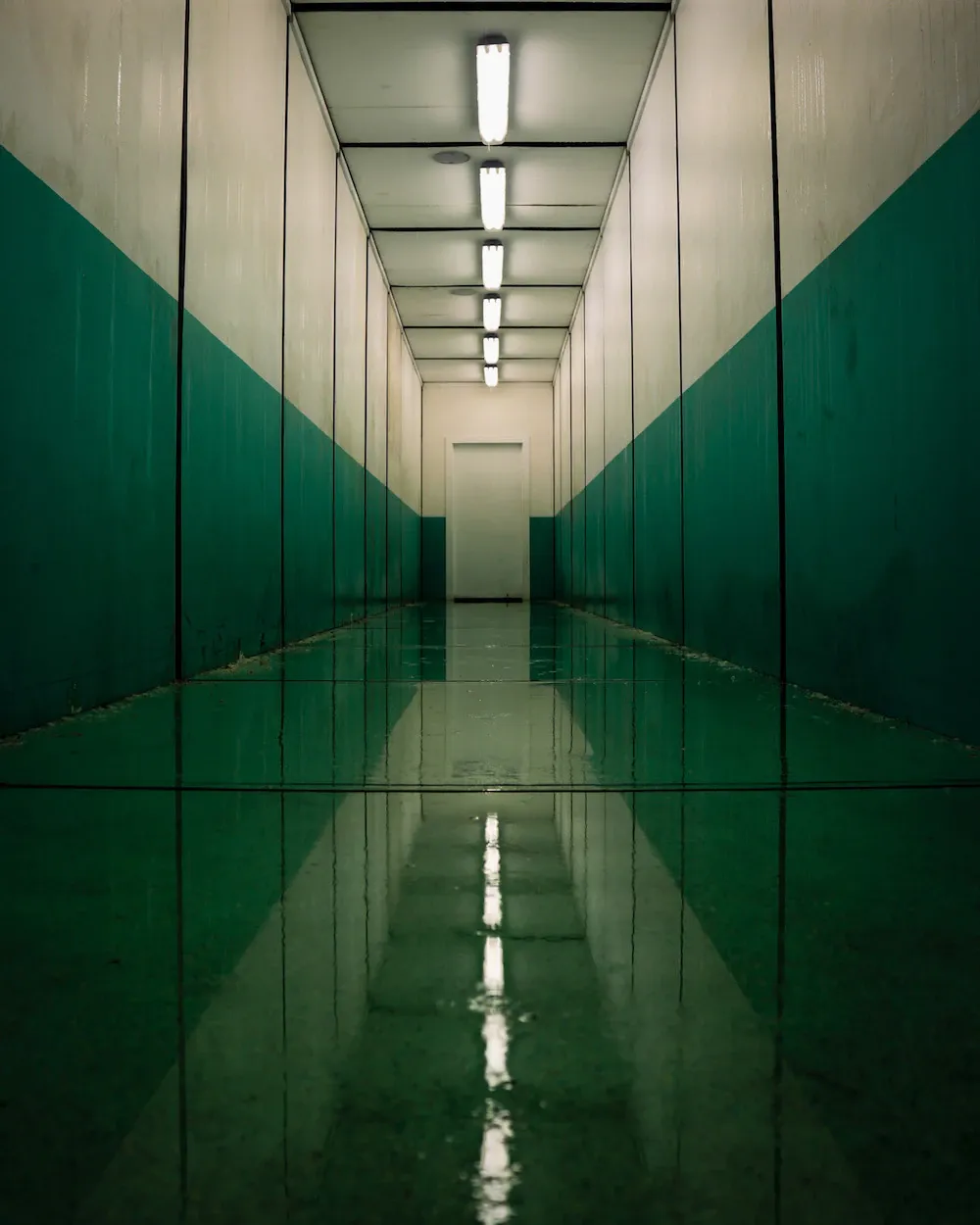
How have your own experiences and memories influenced your work?
Our work is deliberately loaded with our own memories. But more often than not, the shows are loaded with subliminal ideas. We often find things in the show ourselves that have gone into it without us being so calculating about it.
Do any of the doors or rooms have interesting backstories behind them?
They all do. But we prefer people to project or draw out their own stories, so we keep our memories private.
What went into the physical production of making this project? Were there any logistical or physical barriers when it comes to have a work this large?
We are quite used to large projects. This show particularly has a lot of individual components. Every single part has a place to go. It’s a logistical challenge indeed. But so is the House of Mirrors. Nothing great comes easy.
Your installations are accessible and interesting for people of all ages – is this something that you think about when creating a work?
One of the most important aspects of the work is the decay. The show will decay over time, with very little maintenance. We want it to evolve from city to city. People will notice the decay and the atmospheric changes even in a four week period. We want to remind people that nothing is perfect and that memories fade, things get old and change. It’s a beautiful thing. All ages can relate, or should relate to that.
How have people responded to House of Mirrors and 1000 Doors?
Beyond our wildest dreams. We thought only a handful of people would see House of Mirrors and we have so far in just two years had around 300,000 people go through it in only 10 cities, including Auckland back in 2017.
What do you hope people will take away from experiencing your work?
1000 Doors is an entirely different beast to House of Mirrors. It’s almost what you would see if you were to see through, or look behind the mirrors. It’s a darker work than the Mirrors. But just as fascinating.
We have plans one day to stage them together.
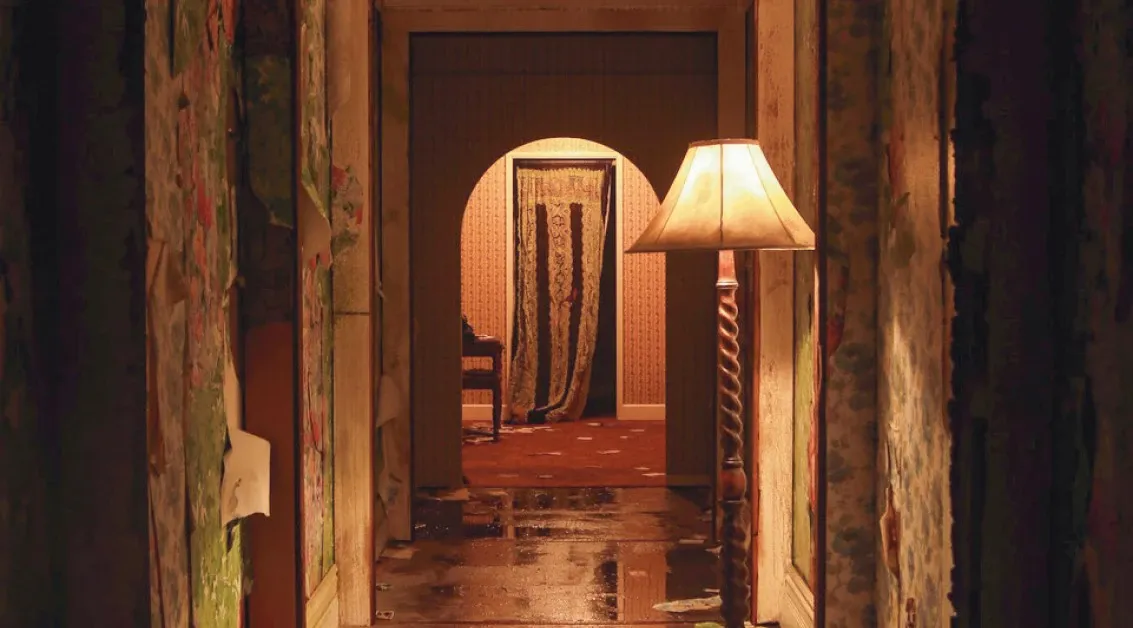
Christian Wagstaff and Keith Courtney’s work 1000 Doors comes to Aotea Square, Auckland 10 Jan – 6 Feb. You can find all further info here.
All images courtesy of the artists. Portrait of the artists by Keith Wagstaff ACS.
